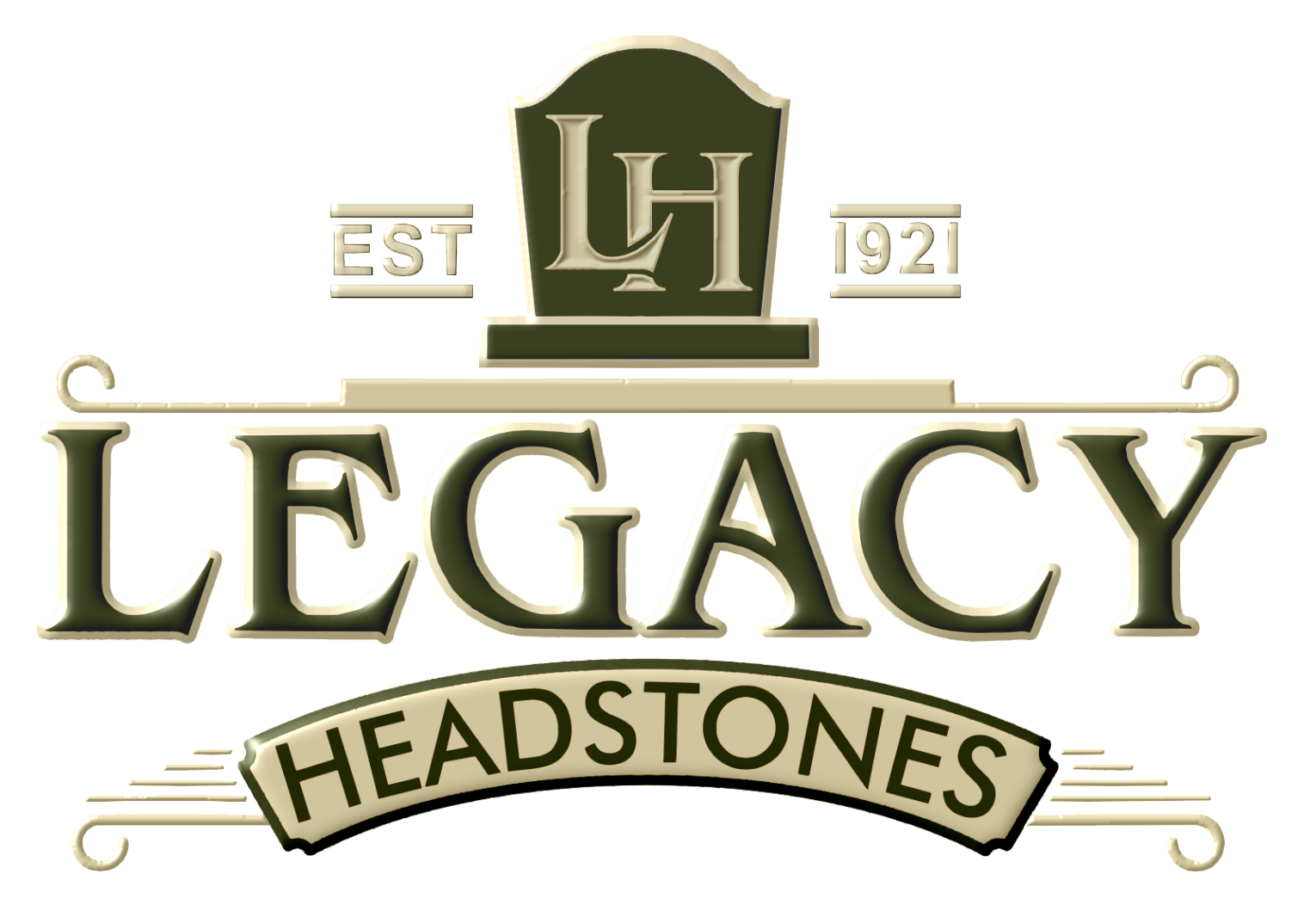Funerary archaeology combines several branches of archaeology to analyze human remains, gravesites, burials, and ceremonial items to discover what life was like many years ago. There is a wide range of expertise that can contribute to funerary archaeology, including but not limited to:
- Epigraphy – The study of inscriptions or epigraphs as writing
- Material Culture Studies – The study of physical objects and architecture of a society
- Thanatology – The scientific study of death and losses as a result of it
- Human Osteology – The study of bones
- Zooarchaeology – The research and analysis of animal remains
- Stable Isotope Analysis – The study and identification of isotopic signatures, the chemical elements within organic and inorganic compounds, which can investigate human and animal diets and other physical, geological, palaeontological, and chemical processes
Why are Funerary Archaeologists Fundamental To Understanding The Past?
History often relies on written records and documents to interpret and preserve important peoples' and cultures' lives and events. However, documents can be lost, the written word on stone destroyed, and tales and information lost as cities and cultures fade. When there are no records, or they are lost, Funerary archaeologists can study burial sites, graveyards, cemeteries, gravesites, and the remains within to understand the past when documents do not exist.
Funerary Archaeologists are like detectives. They study human remains if necessary, analyzing bone, skin, and hair to establish information about a person's diet, morbidity, and general life expectancy, and often, if injuries are present—they can study a culture's methods of warfare and medicine.
Death in many societies is accompanied by religious practices, which include offerings to the dead they may have considered precious or offerings from that culture's religion they considered sacred. These items include anything from clothing, ornaments, jewelry, ceramics, models of larger objects like chariots, boats, buildings, animals, food, and memorial inscriptions. A Funerary archeologist gathers and analyzes all this information and, based on this information, can begin picturing what life was like for the people or persons when they were alive—a vital aspect of understanding societies and cultures and times when records or writing did not exist.
Funerary Archaeology Discoveries and Insights
Anglo-Saxon Cemetery
Scientists working on the National Grid's Viking Link project in the United Kingdom—constructing the world's longest sea and land interconnector installing submarine and underground cables between the U.K. and Denmark—have dug 50 archaeological sites along the onshore route.
In early January 2024, scientists announced a significant historical discovery dating back at least 1,500 years ago, finding the buried remains of twenty people alongside a range of grave goods.
The amount of archaeological finds being recovered is enough for scientists to begin to piece together what life must have been like across rural southeast Lincolnshire from prehistory to the present day. While some of the other 50 archaeological sites include a bronze age barrow and a Romano-British farmstead, the discovery of the Anglo-Saxon cemetery was the most exciting.
More than 250 artifacts, including knives, jewelry, and pottery, were discovered and studied, allowing scientists to date the cemetery to the 6th and 7th century A.D.
Specialists are eager to study the cemetery artifacts in-depth, as well as the burial site and the cemetery's layout, in hopes of discovering more about the economic, cultural, and social factors affecting this specific community from centuries ago. While other Anglo-Saxon burials were found in Lincolnshire and excavated several decades ago, the focus was then on the artifacts and not the people within. Wessex Archaeology is excited about this discovery and hopes for it to extend insights into what life and death in the region at that time was like.
Tombs of Saqqara
In the fall of 2020, Mohammad Youssef, an archaeologist, descended and clung to a rope as he shined a flashlight down a shaft that had been closed for over 2,000 years. The large chamber, guarded by many figures, was filled with dozens of expensive coffins piled to the ceiling. Beautifully painted, the coffins were stacked roughly on top of heavy limestone sarcophagi; other gilded coffins were packed into niches, and the floor was littered with rags and bones.
The chamber is one of several Egyptian "Megatombs", as archaeologists describe them. Saqqara is a sprawling necropolis that once served the nearby Egyptian capital of Memphis.
Saqqara's discoveries do not end there. In early 2024, researchers further discovered an Egyptian tomb carved into the rock roughly 4,000 years ago, and that tomb is shedding light on the craftsmanship and funerary practices of ancient Egyptians, providing invaluable insights into the history of the region previously unknown or conjectured.
Funerary archaeologists seek out and find artifacts and burials and help uncover a window into the lives of those who dwelled in the past, whether ancient civilizations or historic civilizations. Every discovery they make helps us refine our histories and cemeteries through their insight as a place of study. Funerary archaeology is vital in understanding the vibrant, economic, and spiritual way of life of those of that time. The secrets held within gravesites aren't simply about death but also life in the past.

